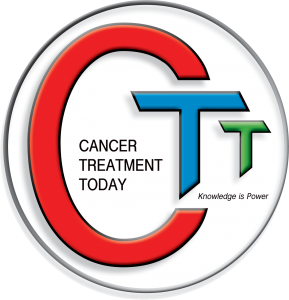The Role of Physical Therapy in Musculor Dystrophies
Muscular dystrophy (MD)is a group of genetic diseases that affect muscle function. There are more than 30 genetic mutations that can cause muscular dystrophy. Based on the clinical features, including inheritance pattern, muscles affected, and muscle biopsy features, dystriophis are dvivided into: Duchenne, Becker, Myotonic dystrophy, Facioscapulohumeral, Limb-girdle, Ocullopharyngeal, Congenital and Distal.
Physical therapy, especially regular stretching, is important in helping to maintain the range of motion(ROM) for affected muscles and to prevent or delay contractures. Strengthening less affected muscles to compensate for weakness in the more affected muscles may improve the patient’s ability to engage in activities of daily living(ADL), especially in earlier stages of milder MD. Regular exercise is important in maintaining good overall health, but strenuous exercise should be avoided because it can damage muscles. Age of the patient and degree of dysfunction are not determining criteria of employing physical therapy, as long as an improvement in ROM and ADL can be expected.
Read the Professional version here.
